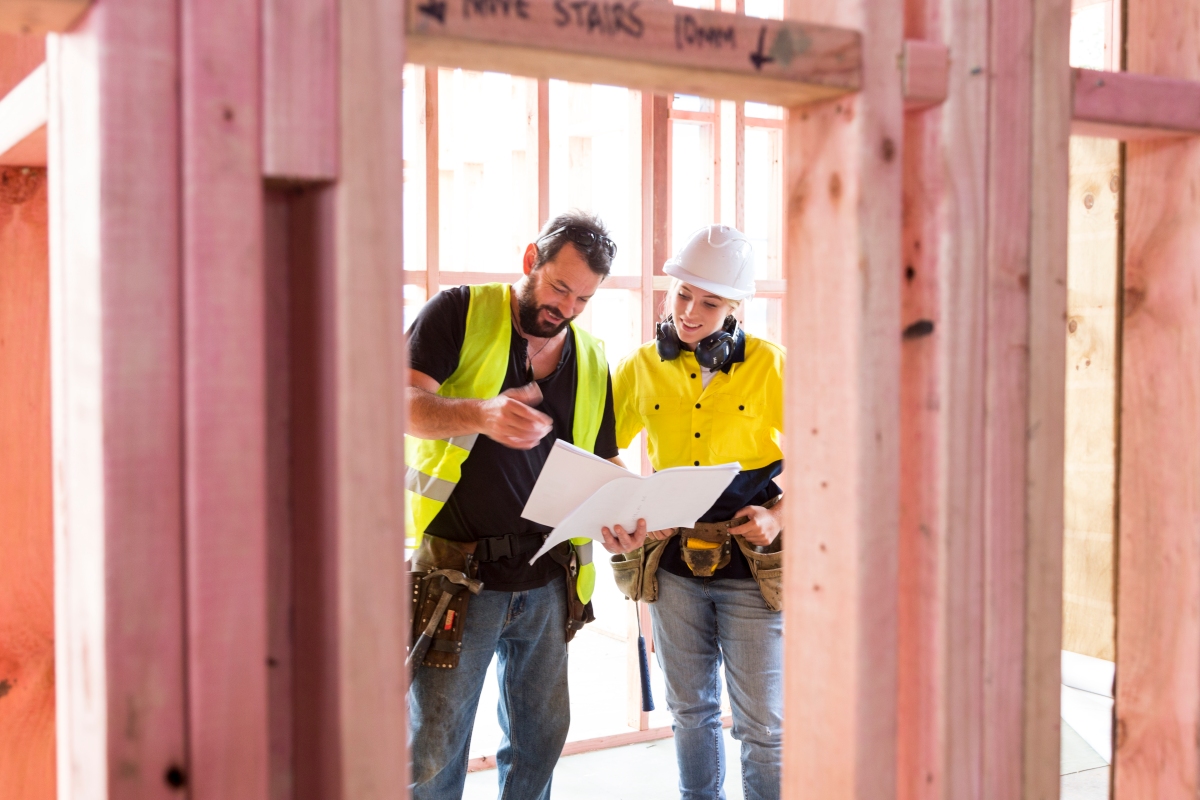Nuclear material is relatively safe when used, stored, and managed properly. This generally applies to a broad range of situations, from nuclear medicine to nuclear power generation. Some may argue it’s impossible to use nuclear weapons safely. In any case, stringent rules exist to manage nuclear material for good reason.
Sometimes, though, things go wrong, mistakes are made, and that nuclear material ends up going AWOL. That’s the situation that faced authorities in Australia, as they scoured over a thousand kilometers of desert highway for a tiny missing radioactive source with the potential to cause serious harm. Thankfully, authorities were able to track it down.
A Screw Loose

The situation concerned a tiny radioactive source, roughly 6 mm in diameter and 8 mm tall. The round silver pellet contains the radioactive isotope Cesium-137, and puts out harmful quantities of both gamma and beta radiation. The pellet was part of a gauge used for measuring the density of iron ore feed running through mining equipment.
The gauge itself had been transported from a Rio Tinto mining site in Western Australia on January 12, and had made a 1,400 km journey, ending up in Perth on January 16. The capsule was first reported as missing on January 25, when the gauge it was a part of was unpacked for inspection. The gauge was found broken, with a mounting bolt missing along with multiple screws. Authorities concluded that vibrations from the truck caused the screws and bolt to loosen, with the radioactive capsule then falling out of the gauge and off of the vehicle.
Government authority Radiation Services WA has released a statement on the incident. It notes that typically, radioactive sources of this type are usually protected in secure housings in equipment. They are intended to be safe in regards to corrosion and vibration, as well as being able to withstand drops from nine meters high, and even high temperatures of up to 800 °C for 30 minutes without danger. Transporting such materials also requires strict controls, including the use of trained personnel and meeting certain packaging requirements. The fact that the source was able to literally fall off the back of a truck suggests these controls were not met.
The Danger
The loss spawned an urgent hunt for the tiny radioactive source. Despite its diminutive size, the source does pose a significant health risk. According to authorities, the source’s original radioactivity was 18.5 GBq. At this level, a human would receive roughly 1.665 mSv/hr (milliSieverts per hour) standing at a distance of 1 meter from the source. This is equivalent to roughly 17 normal chest x-rays, or a year’s worth of background radiation in Australia. For further perspective, a 2 mSv dose increases cancer risk by 1 in 10,000.
Unfortunately, getting closer to the source greatly increases the harm. Getting within 1 cm of the capsule would deliver a dose rate of 16.65 Sv/hr (Sieverts per hour), a full 10,000 times higher thanks to the inverse square law – note the unit change. Picking up the source would increase the dose rate ever higher, on the order of 1,665 Sv/hr. The device is radioactive enough that holding it would cause serious damage to the tissues of the hand, including burns. (Editor’s note: If you want to learn a lot more about the biological specifics, check out Dan’s awesome article.)
Some radioactive sources are labelled with the phrase “Drop And Run,” and that action would certainly apply in this case. This tiny Cesium-137 source is far less radioactive than the Cobalt-60 sources this message usually applies to. However, it’s still radioactive enough that you don’t want to be anywhere near it.
Those numbers indicate the severe risk the source poses. If you spotted the tiny source from a distance, you could remain five meters away as recommended by authorities, and you would be relatively safe. Alternatively, if you picked up the source, or it perhaps became lodged in the tread of your shoe, you could be exposed at close range for a great deal of time. An exposure to a double-digit dose of Sieverts tends to be fatal in most cases, so the risk is extreme if it comes into contact with humans.
On the flipside, if the source remains in an isolated area, far from human contact, its impact may be minimal. The Cesium-137 itself is sealed in the capsule, and thus is unlikely to contaminate ground water sources or the soil itself. With a half-life of roughly 30 years, the source is expected to remain meaningfully radioactive for approximately 300 years or so. As the decades pass, though, it becomes less and less radioactive, posing a lower risk over time.
A Hot Needle in a Haystack

Trying to find a tiny capsule smaller than a coin on 1,400 km of highway is a difficult task. It’s akin to trying to find the proverbial needle in the haystack, but much harder. Thankfully, though, tools existed to assist authorities in their search. The radiation output by the capsule can be detected at some range by radiation-detecting equipment. This means authorities didn’t just have to rely on keeping their eyes peeled. If they were able to get in the general vicinity of the object, their radiation detectors would help them track down its precise location.
Authorities used vehicles outfitted with radiation-detecting equipment. The vehicles made making slow passes up and down the highway at a speed of just 50 km/h. Travelling at the prevailing highway speed of 100 km/h would be too fast, as any spike caused by the capsule would probably be missed. Going slow and steady was key to finding the capsule.
Of course, there was a risk that the capsule is no longer directly on the highway route where it was lost. Weather or local animal life could have moved the capsule, potentially carrying it a great distance away. Alternatively, the capsule may have become lodged in another vehicle’s tire and carried away. This would be a particular risk, as it would leave the capsule in regular proximity to people. Worse, it could later be removed from the tire by hand, causing a significant radiation exposure in the process.
Just as we’re writing this, thankfully, the source was found by authorities before any calamity came to pass.
Overall, though, There’s also clearly a need to figure out how the source came to be lost in the first place. It would appear that the gauge containing the source was clearly not transported properly, or not transported in the proper condition, if the source was able to get loose in the first place. There are many questions to be answered to ensure that this never happens again.
#Radioactive #Source #Missing #Australian #Desert






